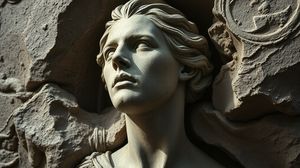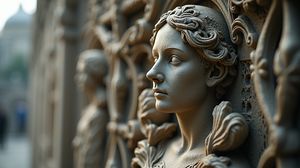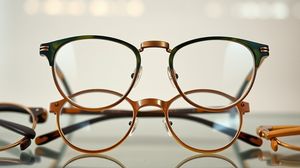
In 1908, sculptor Jacob Epstein was commissioned to create a series of sculptures for the British Medical Association's headquarters on The Strand in London. These 18 nude figures, collectively known as the "Ages of Man," depicted various stages of human life and were intended to symbolize the progression of medical science. Their unidealized representation of the human form sparked significant controversy at the time, with critics deeming them indecent for public display.
The sculptures adorned the building's façade for several decades. However, in 1937, concerns about their structural integrity led to the removal of protruding elements, including heads and limbs, resulting in the mutilated figures that remain today. Despite their damaged state, these sculptures are considered pioneering works of modern British art, reflecting Epstein's bold approach to form and subject matter.
The building, now known as Zimbabwe House, still features the remnants of Epstein's sculptures. They serve as a testament to the evolving perceptions of public art and the challenges faced by artists pushing the boundaries of societal norms. Visitors can view these figures along The Strand, offering a glimpse into London's rich artistic heritage and the enduring impact of Epstein's work.

Making the Most of Your Visit:
Start your visit by observing the overall façade of Zimbabwe House from a little distance. This will give you a sense of how Jacob Epstein intended the sculptures to complement the architecture. Despite the damage, their placement and grouping still tell part of the story.
If you look closely at the sculptural remnants, you'll notice the raw and expressive style of Epstein's work. Pay attention to the unidealized representation of the human body, which was quite daring for its time and adds to the sculptural power despite the absence of limbs and heads.
Take a moment to reflect on the historical context in which these sculptures were created. They were commissioned during a time when London was at the heart of vast changes in both medical science and societal norms, which Epstein captured with a candidness that stirred significant controversy.
If you're particularly interested in Epstein's other works or the modernist movement, consider checking out art galleries in London like Tate Britain or the Victoria and Albert Museum. They often have pieces by artists who were inspired by or contemporary to Epstein.
Finally, while you're there, notice the contrast between the older architecture of the building and the modern hustle and bustle of The Strand. It's a fascinating juxtaposition that many find reflective of London's ever-evolving nature and its complex history.

Visiting Times & Costs:
The remnants of Jacob Epstein's Medical Sculptures at Zimbabwe House on The Strand can be viewed from the public footpath along The Strand. As they are part of the building's façade, no entrance fee or ticket is required to see the sculptures. Therefore, they are accessible at any time of the day or year, providing an outdoor viewing opportunity.
As the sculptures are part of an external building structure, there are no specific accessibility issues related to viewing them beyond those typical of navigating an urban streetscape. However, do be aware of typical pedestrian traffic and weather conditions.

Address & Map:

Nearby:























